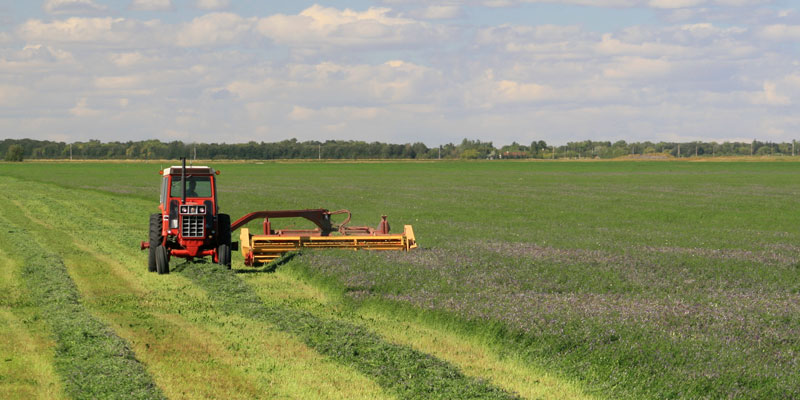Impacts of Manure Management Practices on Regional Water Resources: Priority Areas, Alternative Management Approaches, Economic Implications
Principal Investigator - David Rudolph, Professor, University of Waterloo (2001-2004)

Challenge
In recent years, water quality degradation resulting from agricultural land-use activities has attracted significant attention, with particular emphasis on water quality risks associated with managing livestock manure. In Canada, the storage and disposal of animal manure is widely acknowledged as a significant risk to water quality. Yet, the nature of the risk, approaches to conducting effective assessments, and strategies for minimizing environmental impacts are still not well understood. Despite significant social and economic impacts to the individual farmer, the industry as a whole and municipal governments responsible for water supply, provinces across Canada are struggling to develop legislative frameworks for the overall management of nutrients. As well, the task has been further hindered by a lack of information at the regional scale, which will be necessary to ensure any proposed regulations are effective, while not being overly restrictive.
The aim of this project was to combine expertise in physical and contaminant hydrogeology, soil physics, aqueous geochemistry and numerical modelling with economics to assess the environmental threat related to contaminant release pathways on livestock farms and to examine the performance and cost effectiveness of alternative management practices.
Project
This research project was focused on investigating processes associated with several of the most significant contaminant release pathways on livestock farms and on prioritizing the environmental threat related to these pathways. The study also examined performance and cost effectiveness of a variety of alternative management practices in reducing contaminant discharge to water resources. Field investigations and supporting laboratory studies were conducted throughout Saskatchewan, Manitoba and Ontario, under various hydrogeologic settings.
Using novel laboratory analysis and field minitoring techniques, the researchers demonstrated that the environmental risk associated with concrete and earthen manure storage facilities is very low in general, except in situations of structural failure. As an alternative approach to treat farm yard runoff, passive subsurface treatment techniques were designed and implemented. Regional-scale impacts of manure management practices on municipal groundwater supplies were then investigated.
The results indicated that municipal well impacts were a result of broad manure and nutrient management practices, rather than point source releases, illustrating the importance of adopting nutrient management practices at the regional level. A detailed economic analysis of reducing nutrient applications within the context of farm profitability and cost-effectiveness was also completed. Initial results were promising, both in terms of municipal water supply improvement and economic practicality.
Outputs
- Over 20 graduate students were involved in the research project, and approximately 40 publications including student theses, journal/conference papers and technical reports were produced from the results of the investigations.
- A new aquifer characterization approach was developed that utilizes multi-level observation wells and tracer testing, which has proven extremely valuable in locating areas of the subsurface where the highest mass of contamination was migrating.
Outcomes
- Results from the overall project have been integrated into the development of both Sources Water Protection and Nutrient Management legislation in the Province of Ontario.
- As a result of these integrations, several long-term research facility sites and sentry monitoring farms have been established, allowing the processes and pathways involved in nutrient mobility in livestock farming to be further studied.
- Various Best Management Practices have been adopted at these farms and continuous monitoring of the effectiveness of these approaches is underway.
- One of the major strengths of the overall project was the continued development of the technical research network combined with an expanding partner base. This provided a unique, dynamic environment for student development and experience across the study area. A wide spectrum of scientific disciplines were involved in the project, ranging from soil physics to hydrogeology, and many sectors were represented at the provincial and municipal levels. In private industry, the environmental consulting sector was represented, as were several individual livestock management companies. This multi-sectorial approach was instrumental in providing a fertile and unique opportunity to expand the scope of the scientific research.




